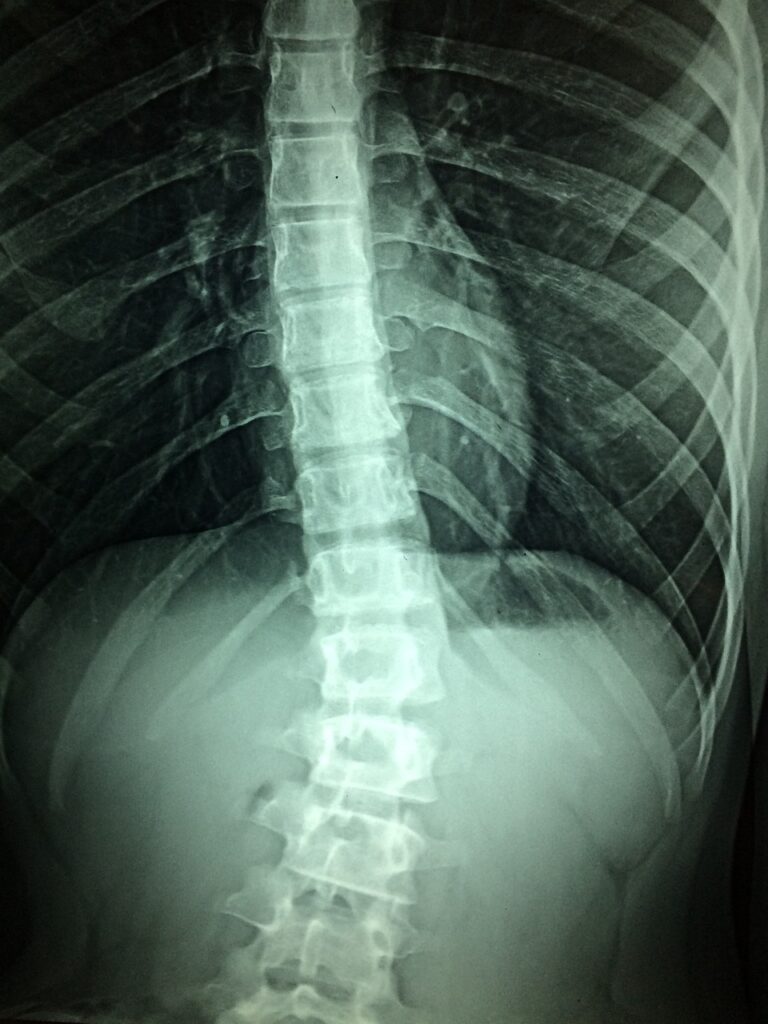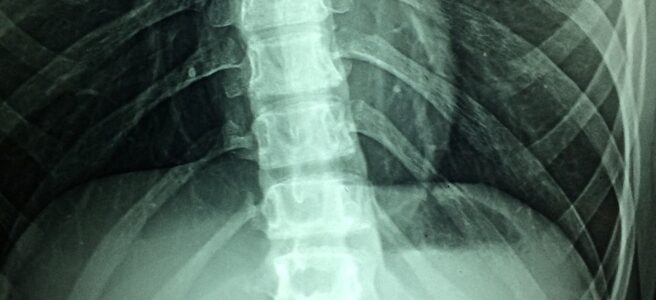Chronic pain affects millions globally, posing a persistent challenge in healthcare. Conventional treatments often prove insufficient. However, a paradigm shift is occurring with next-generation spinal cord stimulators (SCS). These advanced devices have the potential to redefine chronic pain management, providing innovative and personalized solutions. SpineMed Specialists’ Dr. Thomas Frimpong explores the key features and benefits of these cutting-edge SCS technologies, highlighting their transformative impact on chronic pain.

Understanding Chronic Pain
Chronic pain is characterized by persistent discomfort that lasts for an extended period, often beyond the normal healing time of an injury. It can result from various conditions such as arthritis, nerve damage, or even an injury that has healed but continues to cause pain signals to the brain. Managing chronic pain poses a significant challenge, as conventional treatments may not always be successful or can lead to undesirable side effects.
The Rise Of Spinal Cord Stimulators
Spinal cord stimulators have been used for decades to manage chronic pain, particularly when other treatments have failed. These devices deliver mild electrical pulses to the spinal cord, interrupting the pain signals before they reach the brain. While earlier generations of SCS have shown promise, recent advancements have taken these devices to a new level, offering enhanced functionality, increased precision, and improved patient outcomes.
Key Features Of Next-Generation Spinal Cord Stimulators
Miniaturization And Sleek Designs
One notable advancement in next-generation SCS is the miniaturization of components, resulting in sleek and discreet designs. These smaller devices offer greater comfort and improved patient aesthetics, promoting increased acceptance and compliance with treatment.
Wireless Connectivity And Remote Control
Modern SCS devices come equipped with wireless connectivity, allowing patients to control their pain relief settings through a remote control or a smartphone app. This feature enhances the flexibility of pain management, enabling individuals to make real-time adjustments to the stimulation intensity and patterns based on their needs.
Advanced Programming And Customization
Next-generation SCS devices boast advanced programming capabilities, enabling healthcare professionals to tailor the therapy to each patient’s pain profile. This customization ensures a more precise and effective pain management strategy, enhancing the overall therapeutic benefits of spinal cord stimulation.
Feedback Mechanisms For Optimal Therapy
Some advanced SCS systems include feedback mechanisms that continuously monitor the patient’s response to stimulation. This real-time feedback allows the device to automatically adapt and optimize the therapy, ensuring patients experience consistent pain relief without requiring frequent manual adjustments.
Improved Battery Life And Charging Options
Battery life has been a concern with earlier SCS models, requiring frequent replacements and surgical interventions. Next-generation devices address this issue by offering improved battery longevity and alternative charging options, such as rechargeable batteries. This reduces the inconvenience for patients and minimizes the environmental impact of disposable batteries.
Benefits Of Next-Generation SCS In Chronic Pain Management
Enhanced Pain Relief
The advanced features of next-generation SCS devices contribute to more targeted and efficient pain relief. Patients experience reduced pain intensity and an improved ability to engage in daily activities, leading to an enhanced overall quality of life.
Increased Patient Satisfaction
The customizable nature of modern SCS allows patients to participate actively in their pain management. The ability to control stimulation settings and make adjustments based on individual needs fosters a sense of empowerment, leading to increased satisfaction with the treatment.
Reduced Dependency On Medications
Next-generation SCS provides an alternative to long-term medication use for chronic pain. By directly addressing the source of pain signals, these devices help reduce the reliance on pain medications, minimizing the risk of side effects and dependency.
Minimized Surgical Interventions
Improved battery life and charging options contribute to fewer surgical interventions for device replacements. This reduces patient burden and lowers healthcare costs associated with maintenance and replacements.
Broader Applicability Across Pain Conditions
The versatility of next-generation SCS systems allows for their application in a variety of chronic pain conditions, including neuropathic pain, failed back surgery syndrome, and complex regional pain syndrome. This broadens the scope of patients who can benefit from this innovative therapy.
Conclusion
Next-generation spinal cord stimulators represent a significant leap forward in the field of chronic pain management. With their advanced features, increased customization, and enhanced patient-centric design, these devices offer hope for individuals seeking effective and sustainable pain relief. As technology continues to evolve, so too will the capabilities of spinal cord stimulators, ushering in a new era where chronic pain becomes a more manageable aspect of life for countless individuals around the world.
